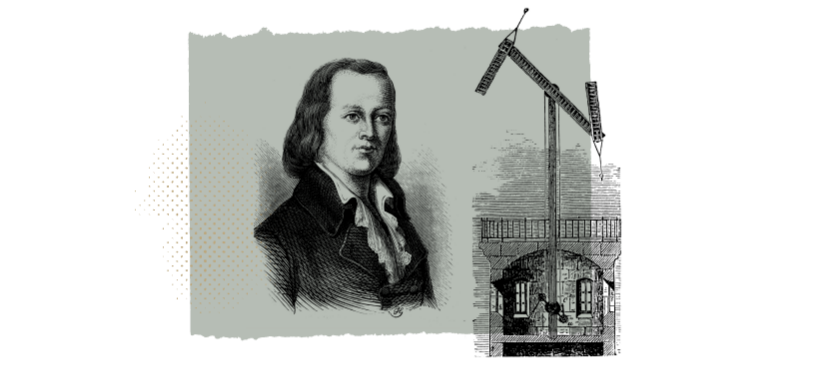What does Count of Monte Cristo have to teach us about telecommunications? How did the invention of the telegraph help him avenge the people who imprisoned him?
The classic book of world literature by Alexandros Doumas, published in 1844, includes the telegraph in its plot. But not Morse’s electronic telegraph, but Chappe’s optical telegraph.

In 1792, the French engineer Claude Chappe built a telegraph line connecting Paris with Lille. The network consisted of towers that had a system of axes on their roofs that formed letters or coded messages. Each operator monitored the previous station with the telescope and relayed the message to the next one.
We find, therefore, that the operators had a central place in the operation of the system. The hero of Alexander Dumas exploited this human factor. Poorly paid, sleepless and alienated, the people who worked at the stations became easy targets for Count of Monte Cristo. “I’m a machine and nothing else,” says one telegraph operator. Monte Cristo bribes the telegraph operator to send a fake message to Paris that will mislead his enemy. By “hacking” the system in this way, Monte Cristo takes his revenge.

However, apart from this specific incident, the atmosphere of modernism that the spread of telecommunications is spreading is widespread in the book: “I’ve seen these black folding hands that look like the legs of a huge beetle sometimes stand on the side of the road”.
You can see a copy of this telegram in the exhibition of the Telecommunications Museum.

